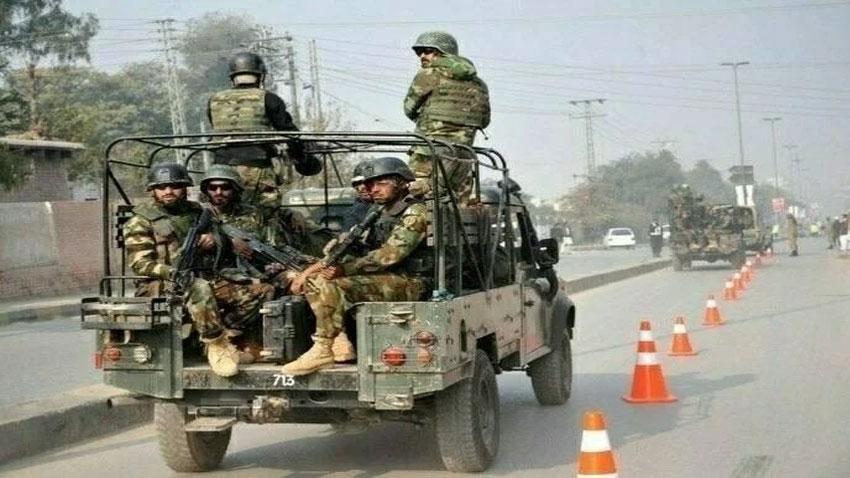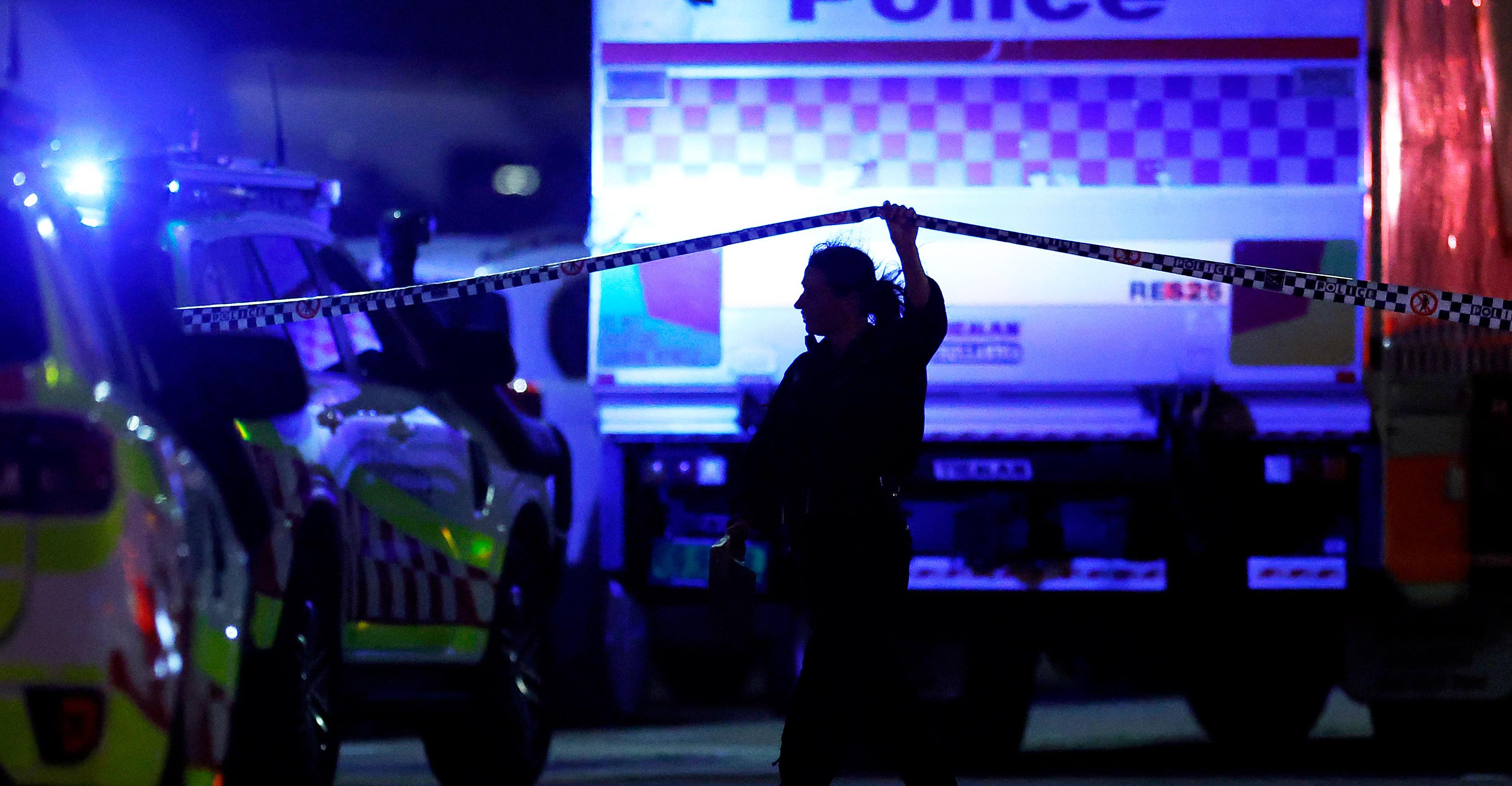What kids should know about factory farming, explained by the Chicken Run movies
The Netflix sequel comes out December 15 and could spark conversations with children about where meat comes from.


The 2000 children’s movie Chicken Run is one of the darker and more subversive films made for kids: The story follows a flock of lovable, though quite miserable, chickens who conspire to escape a farm before their impending slaughter.
Despite the grim subject matter, it’s charming and entertaining, fully earning its 97 percent critic’s rating on Rotten Tomatoes. The script reads like it was written by PETA, yet it was a box office hit and remains the highest-grossing stop-motion animated movie ever made.
Next week, Netflix is releasing a sequel — Chicken Run: Dawn of the Nugget — with the same theme but updated to reflect our increasingly dystopian animal farming system.
This time around, instead of escaping a farm, the same chickens are breaking into one to rescue one of their flock members (which also happens to be the strategy of some animal rights activists).
The farm in question is Fun-Land Farms (tagline: “Where chickens find their happy endings”), an enormous, futuristic poultry operation in which a mad scientist has created a device that, when worn around the chickens’ necks, makes them happy to be slaughtered.
To some of the chickens, Fun-Land looks like the idyllic pasture depicted in the advertisement, but it’s all an illusion — a big room painted to look like an old-timey farm. In one scene, a chicken slams into a wall, which is painted to look like the sky — seemingly an homage to that haunting scene in The Truman Show. When the mind-altering devices are briefly turned off, the chickens are horrified by their factory farm reality.
:no_upscale()/cdn.vox-cdn.com/uploads/chorus_asset/file/25140224/CRDOTN_EP_150_RD02150_Molly_Frizzle_Scared.jpg)
The film feels like a pointed critique of the factory farm industry’s use of deceptive marketing to convince the public that animals are treated far better than they really are, what’s known as “humanewashing.” It’s a heavy message packaged in an entertaining, if formulaic, children’s movie, and it’s a radical departure from how animal farming is typically depicted in children’s literature and film.
What should kids know about meat?
In the mid-2000s, author and illustrator Ruby Roth was teaching art to elementary school kids. Roth was, and still is, a vegan, and sometimes students would ask her about what she was eating. She looked for a children’s book that explained her belief system and showed the reality of animal factory farming in a way children could understand, but she couldn’t find one, so she eventually made her own: That’s Why We Don’t Eat Animals.
Published in 2009, the book’s depiction of animal agriculture was pretty tame. It occasionally illustrated some standard forms of animal cruelty — like keeping egg-laying hens in tiny cages — in a way that is sad but not graphic. Still, the book caused an uproar.
Roth said she was accused of scaring and brainwashing children. Child psychologists on the Today show, she recalled, discussed the supposed danger of reading her book to kids.
“The most fascinating part of the whole outrage was that by calling my book controversial, it seemed to me we were admitting that what we do to animals is too scary to talk about,” Roth said. “So to me, that said we want to be willfully ignorant and impose that ignorance on our children.”
But kids had a very different reaction to the book, Roth said, proposing practical solutions like buying leather-free shoes or changing what they eat, and wildly imaginative ones, like “flying over the nation and rescuing all the animals.”
“When you speak frankly to children, they really pay attention because they’re used to people speaking down to them or sugarcoating conversations,” Roth added. “I found that kids were engaged and interested.”
It’s easy to dismiss Roth as someone who’s pushing her ideology onto kids, but I’d argue the default message society sends kids about animal farming is worse — in that it’s a total fabrication. Kids love animals, yet children’s books lead them to believe that farmed animals live happily and can freely move about. That these animals go on to become the burgers and nuggets kids eat is virtually never mentioned.
“Children are socialized not to identify the animal that they’re eating,” said Anastassiya Andrianova, an associate professor of English at North Dakota State University who researches how animal farming is portrayed in children’s literature. “Not only is the animal absent when they’re presented on a plate as meat, but even the way that our language functions, it camouflages and mystifies that link.” Pig meat is called “pork,” “bacon” and “sausage,” while cow’s meat is “beef” and cow’s milk is just “milk.”
In reality, 99 percent of the 9.7 billion land animals raised for food in the US every year live in brutish conditions on factory farms, where they’re mutilated without pain relief, crammed together in warehouses, and forced to wallow in their own waste. Many are drugged up on antibiotics to survive these conditions, and they’ve been bred to grow bigger, faster, and pump out more eggs and milk, all to the detriment of their welfare.
:no_upscale()/cdn.vox-cdn.com/uploads/chorus_asset/file/25140260/WAM1467.jpg)
:no_upscale()/cdn.vox-cdn.com/uploads/chorus_asset/file/25140269/GettyImages_687564304.jpg)
When children are shown the reality of these conditions, some can sense something is wrong. Mercy for Animals, a farm animal welfare nonprofit I worked at prior to Vox, created a video in which children are shown pictures of hens and pigs in tiny cages, a standard farming practice. “They’re dirty and trapped,” a 4-year-old says. “It’s not good to treat any animal like that,” says a 7-year-old.
When I was a kid, I probably would have had a similar reaction, but I didn’t learn about any of this until I was in high school.
There’s no simple answer to the question of what age children should be given the cold, hard facts of food production, and in how much detail. But Roth is right that the hysteria over her book says a lot more about adults’ discomfort with how animals become meat than about what’s good for children.
That discomfort is sometimes described by psychologists as the “meat paradox,” defined in a 2010 paper as the “psychological conflict between people’s dietary preference for meat and their moral response to animal suffering.” It shows up in the many lies we tell ourselves, and pass down to our children, about our relationship to animals.
One study of Australian parents, for example, found that the majority falsely tell their children that animals are “killed carefully and without cruelty.” Thirty to forty percent of American kids aged 4 to 7 think common animal products, like bacon, hotdogs, hamburgers, shrimp, and even chicken nuggets, come from plants, a 2021 study found.
As children age, their natural love for animals tends to be tamped down. Kids are taught that “becoming an adult requires you to sort of leave behind your attachment and fondness for animals,” Andrianova said. The relationship morphs from one of kinship to one of hierarchy, with humans on top. Animals are “like us, and yet they’re separate from us in ways that we need to justify because we need to justify using animals for labor, consumption, clothing, and other kinds of technological means,” she added. “This paradox is at the very core of who we are as humans.”
Not every piece of children’s media that takes place on a farm needs to be the next Chicken Run or That’s Why We Don’t Eat Animals. But it’s reasonable to hope that kids should be informed enough to at least understand chicken nuggets come from chickens, to have a sense of what turning animals into meat entails, and to have the ability to follow their moral instincts and have some say in what they eat. The same goes for adults. It shouldn’t come as a surprise that consumers so easily fall for meat industry advertising that makes farms look like the version they internalized from children’s literature.
I can already hear farm state politicians excoriating the evils of “critical farming theory” if children’s media actually began to reflect the reality of animal agriculture. But we might become a more humane society if we were more honest with ourselves, and children, about where meat comes from.
A version of this newsletter originally appeared in the Future Perfect newsletter. Sign up here!
Bangladesh holds state funeral for slain youth leader amid tight security
- ایک دن قبل
Third ‘Avatar’ film lights up global box offices
- 7 گھنٹے قبل
Only state can declare jihad in Islamic country, says COAS Syed Asim Munir
- 11 گھنٹے قبل

PDMA issues alert about rains, snowfall over hills in KP
- ایک دن قبل
Green Shirts give India humiliating defeat in U-19 Asia Cup final
- 12 گھنٹے قبل
Thai border clashes displace over half a million in Cambodia
- 11 گھنٹے قبل
Gazans mourn six killed in Israeli shelling on shelter
- ایک دن قبل
PM Shehbaz stresses use of modern technology to curb human trafficking
- ایک دن قبل
Commissioning ceremony of 2nd Pak Navy Ship KHAIBAR held in Turkiye
- 12 گھنٹے قبل
Death anniversary of Hafeez Jalandhari being observed today
- 12 گھنٹے قبل

Nine terrorists neutralised in two KP IBOs: ISPR
- 7 گھنٹے قبل
May 9: Yasmin Rashid, Mahmoodur Rashid, others sentenced to 10 years’ imprisonment each in two more cases
- ایک دن قبل










